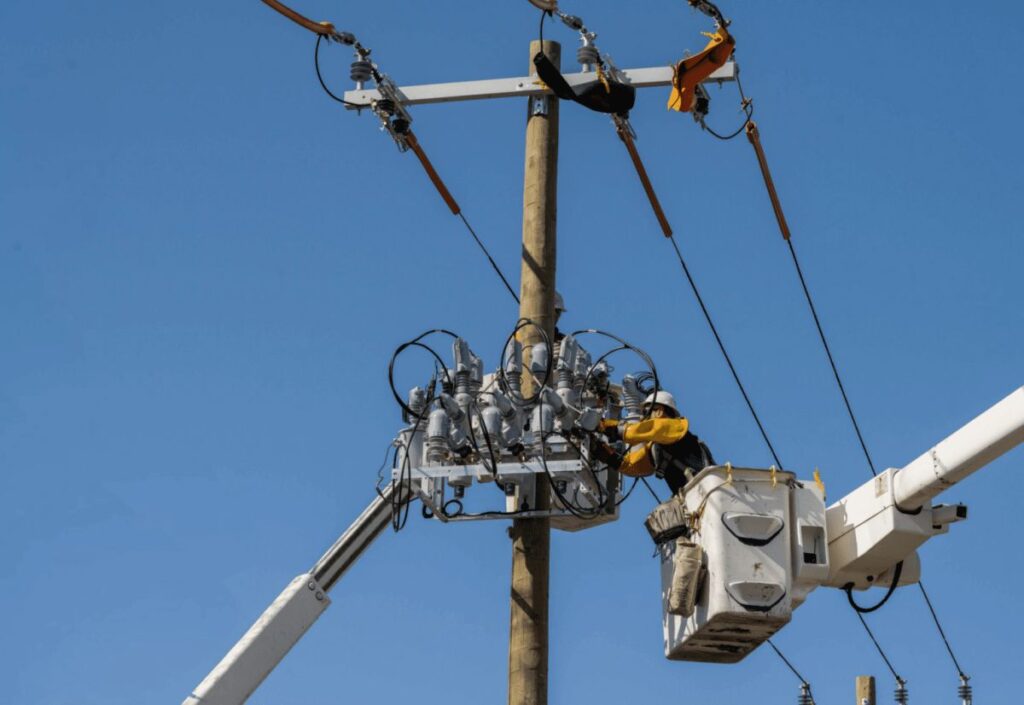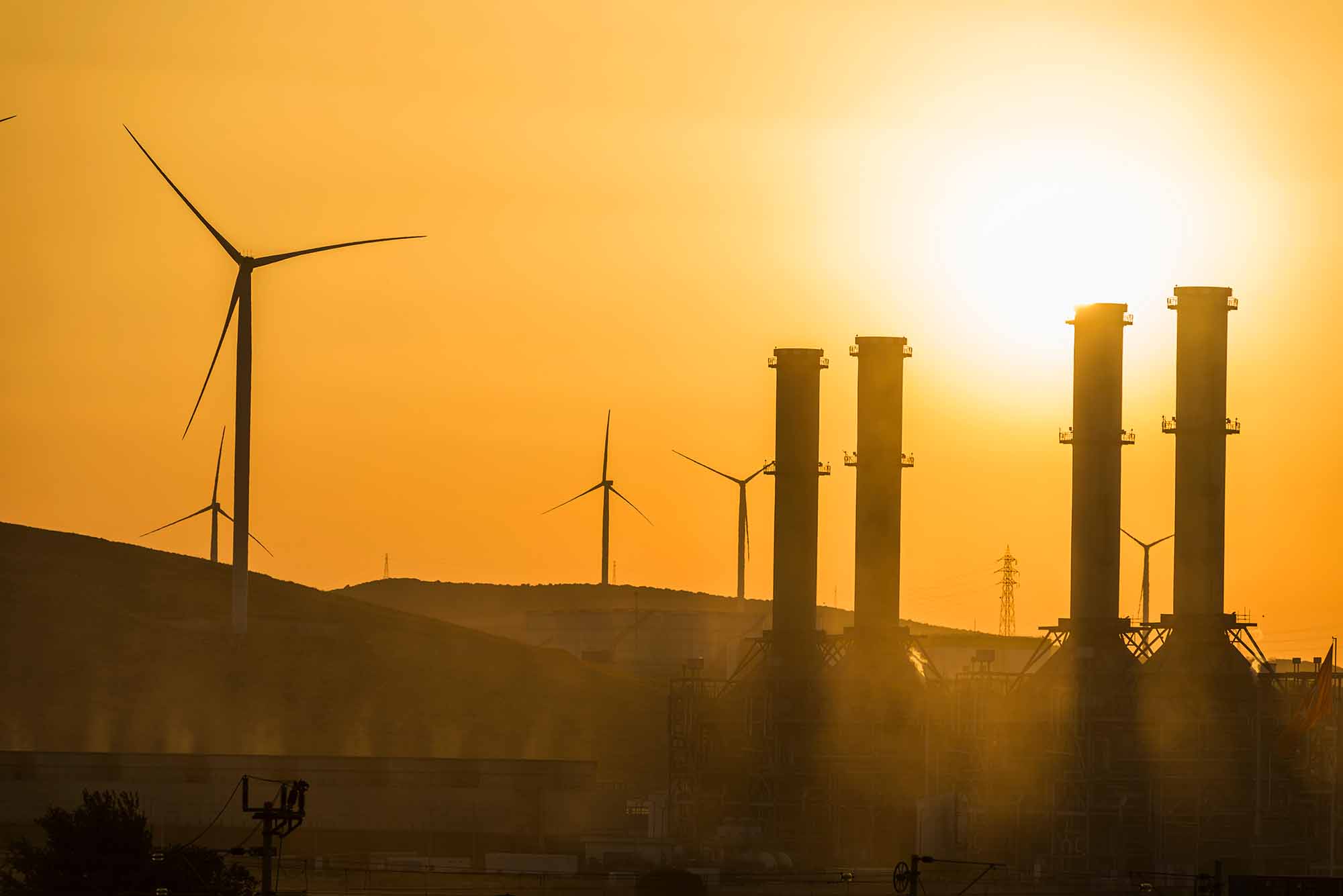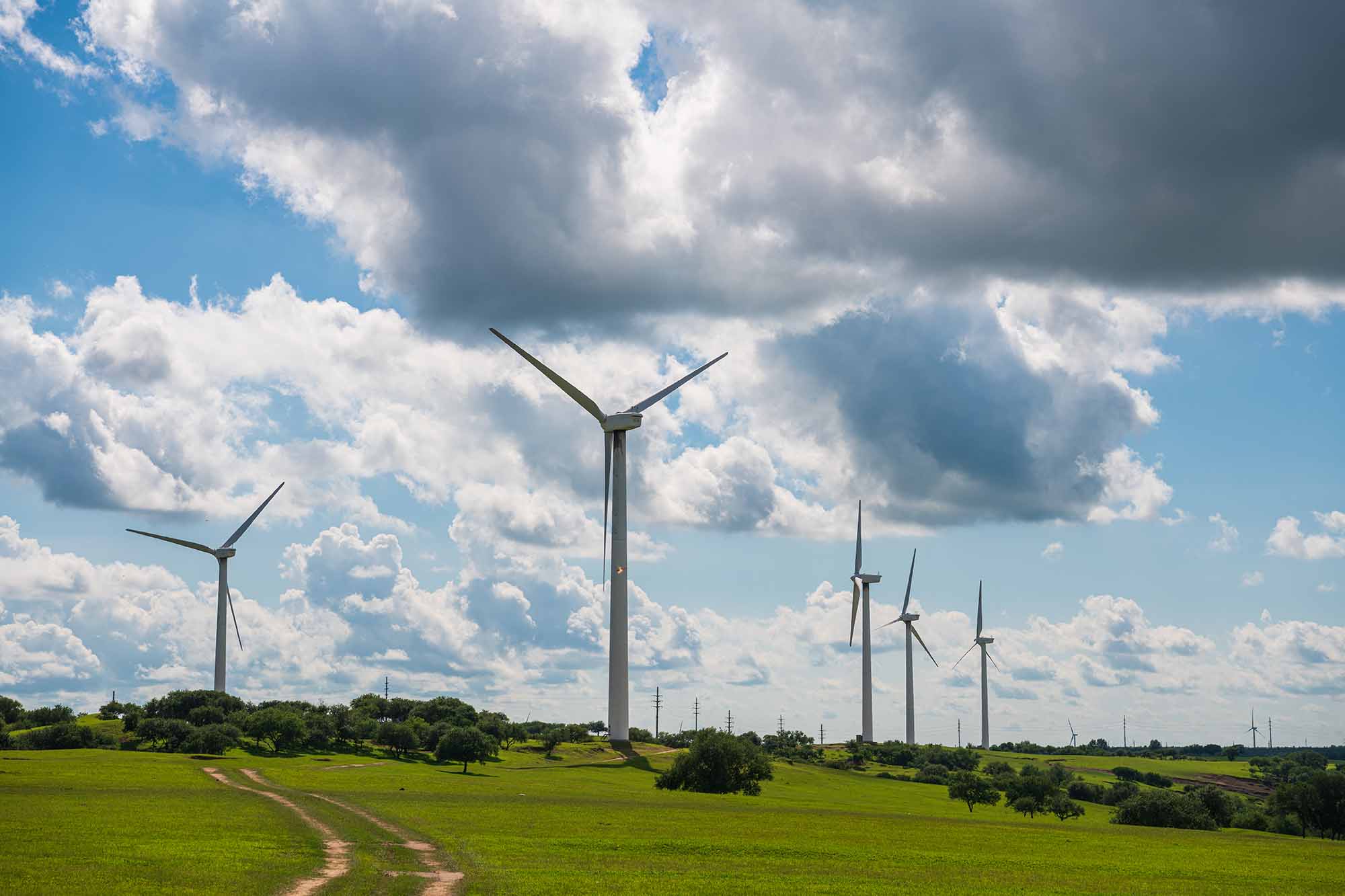WWW.POWER-GRID.COM
As part of the utility’s multi-year effort to reduce power outage frequency by 30% while cutting outage time in half by 2029, DTE Energy announced a $100 million investment for the construction of three new electric substations around the Detroit metropolitan area.
The new substations will be in Northville Township, Pontiac and Shelby Township. The substation construction is part of DTE’s broader grid investment strategy that includes transitioning to a smart grid, upgrading existing infrastructure, rebuilding significant portions of the grid and trimming trees.
“We’re not just building for today – we’re building the grid of the future to meet the evolving needs of our customers and communities for decades to come,” Matt Paul, president and chief operating officer, DTE Electric, said. “These new substations represent a major investment in our system that will improve reliability, while increasing capacity to support growth, economic development and a more electrified future, including electric vehicles.”
Each new substation will be equipped with smart grid technology that are intended to reduce the number and duration of outages. This technology enables DTE to monitor the grid from its operations center located in the company’s downtown Detroit headquarters. The technology automatically adjusts power supply to meet demand or reroutes power. The projects will also include installing new poles, power lines and electric equipment.
The new substations under construction are:
- Northville Township: $57 million investment to build a new substation from 2024 to 2026 to support the expanding technology corridor in Northville Township and Plymouth.
- Pontiac: $17 million investment to build a new substation from 2024 to 2026 to help improve reliability and increase capacity on the southwest side of Pontiac.
- Shelby Township: $39 million investment to build a new substation from 2024 to 2026 to support the growing industrial and commercial demand along 23 and 24 Mile Roads.
DTE is also rebuilding power delivery infrastructure across its service territory and has a dozen substations in various stages of being energized and commissioned. This work is happening in Almont, Ann Arbor, Detroit, Lapeer, Port Hope, Port Huron, Van Buren Township and Vassar Township.
There has been some prodding to get to this point: Michigan’s two largest utilities, DTE and Consumers Energy, are lagging behind other utilities in their restoration times, according to a recent audit by the Michigan Public Service Commission (MPSC). MPSC said the third-party audit is the deepest dive it has conducted into the electric distribution systems of Consumers and DTE Electric, which together serve about 4.1 million customers. The MPSC launched the effort in 2022 amid a string of widespread outages and public frustration with service.
DTE Electric’s 2022 and 2023 Customer Average Interruption Duration Index (CAIDI) metrics, which measure the average time required to restore service, were in the 4th Quartile when both including and excluding major event days (MEDs), worse than average among utilities. Major event days occur when the distribution system experiences major impacts, such as from extreme weather. Additionally, DTE’s 2022 and 2023 System Average Interruption Duration Index (SAIDI) metrics were in the 4th Quartile including MEDs and in the 3rd Quartile excluding MEDs. SAIDI measures the total number of minutes of interruption the average customer experiences.
Nearly 40% of DTE Electric’s 4.8kV substation transformers were installed between 1924 and 1960, and some of its 13.2 kV transformers date to the 1960s, older than comparable utilities’ transformers. MPSC argued the condition of transformers, and not solely their ages, should drive transformer replacement, and periodic excessive loadings leave DTE Electric with a high substation transformer failure rate. The company doesn’t track the age of its service transformers and in many cases doesn’t track the number of customers served by the transformers.
About 40% of the utility’s circuit breakers and reclosers were installed between 1930 and 1960. Its legacy oil circuit breakers need more intense maintenance and lack in performance compared to modern gas circuit breakers. More than half of DTE Electric’s overhead primary lateral lines are located in back lots, including brush-filled alleys in Detroit and some older suburbs. It’s more costly to maintain these circuits and trim trees near them because of the difficulty of getting equipment to these locations.
DTE Electric aims to have its lines trimmed of trees every five years, but the effective cycle is currently 5-7 years. Utilities with shorter vegetation management cycles have seen “significant” reductions in outages, MPSC said.
The number of DTE Electric customers experiencing four or more interruptions (CEMI4) each year and the numbers experiencing more than eight hours of interruption (CELID8hours) are greater than usually acceptable for utilities. More than 13% of DTE Electric customers experienced four or more interruptions in 2023, and nearly 45% experienced interruptions of eight hours or more.
Approximately 88% of all DTE Electric customer outages are caused by the distribution circuits.
In August, DTE Energy said it hit a “significant” milestone in customer reliability this year, as it has prevented 5,000 customer power interruptions and 1.8 million customer outage minutes so far this year. The utility said it mostly achieved this through smart grid technology – it is committed to fully automating the grid by 2029.
Additionally, last year, DTE Energy outlined details of its five-year, $9 billion plan to improve the grid. The plan accelerates system upgrades, with a goal of improving reliability for customers by more than 60% over the next five years. As part of this roadmap, DTE announced three goals:
- Increase average reliability by over 60% within five years
- Transition to a smart grid with full automation within five years
- Within three years, ensure 90% of the circuits in Detroit are updated, with the remaining 10% actively undergoing upgrades.
Highlights of the reliability roadmap include:
- Trimming more than 30,000 miles of trees throughout DTE’s service territory.
- Updating more than 10,000 miles of existing infrastructure.
- Rebuilding some of the oldest sections of DTE’s grid to increase capacity and reliability, including new substations in Detroit, Ann Arbor, Port Huron, Almont Township, Lenox Township, Van Buren Township, Plymouth Township and Lapeer. Where it makes sense, overhead equipment will be relocated underground.
- Fully automating the grid within five years by installing 10,000 smart devices, allowing for faster identification of damaged areas and rerouting of service for most customers during an outage.












